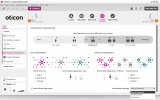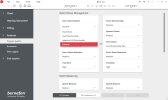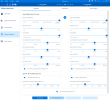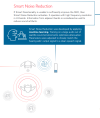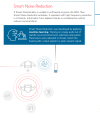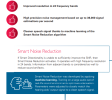pvc
Well-Known Member
- Joined
- Apr 12, 2023
- Messages
- 3,525
- Reaction score
- 831
First here's the specs;
The method used to produce de-featured models in unimportant. The simple existence of de-featured models is the important takeaway! And we know that manufacturers have been de-featuring models for a long time by offering "tiers", example (Real 1|2|3). Here's another → opinion on this subject from a well known professional. I call him UB.
So how can we compare the capabilities of these three different "brands" which appear to be the same hardware, and may or may not be de-featured? Pfft, it's difficult to compare.
- Oticon Real 1|2|3 → Product Information
- Alpha XT 9|7|5 miniRITE TR Product Information; couldn't find current, substituting older VIRON 9|7|5 miniRITE T R → Product information
- HearLink miniRITE T R 9040 | 7040 | 5040 → Product information
The method used to produce de-featured models in unimportant. The simple existence of de-featured models is the important takeaway! And we know that manufacturers have been de-featuring models for a long time by offering "tiers", example (Real 1|2|3). Here's another → opinion on this subject from a well known professional. I call him UB.
So how can we compare the capabilities of these three different "brands" which appear to be the same hardware, and may or may not be de-featured? Pfft, it's difficult to compare.
- Each uses completely different (GUIs/Graphical User Interface) in their fitting software
- Each uses different customer brochures to describe their wiz-bang hearing aid technology, example "Hybrid Technology"?


